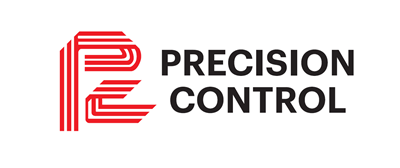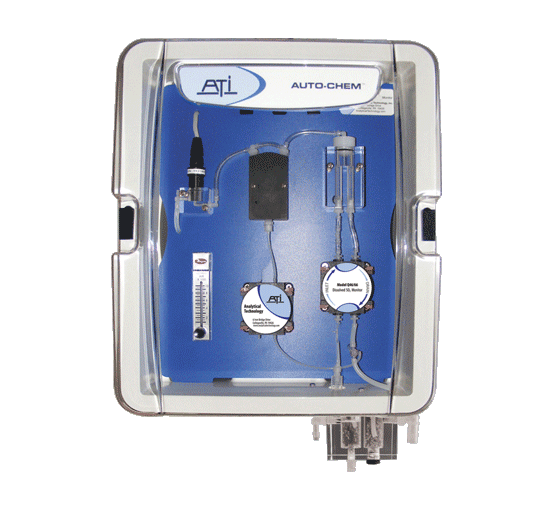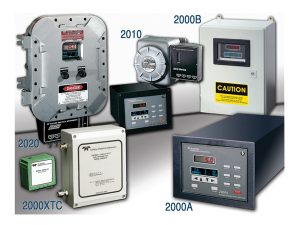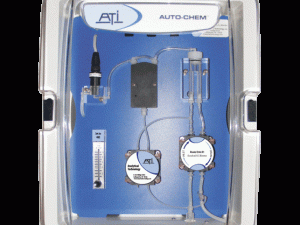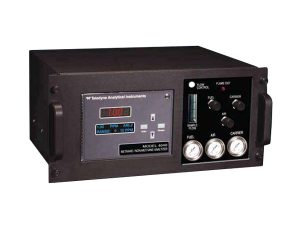Residual Sulfite Monitor
Keep Chemical Cost Under Your Control.
Dechlorination of wastewater effluent is common practice in many wastewater treatment facilities throughout the U.S. Strongly reducing sulfur compounds are used to eliminate chlorine residuals that might prove toxic to fish in the receiving stream. Because residual chlorine discharge limits are often very close to zero, water quality monitoring residual values to comply with regulations has become very difficult, and controlling residuals at values between zero and 10 or 20 parts-per-billion is often not achievable.
To meet stringent discharge limits, the sulfite or bisulfite used for dechlorination is added in slight excess, providing a small sulfite residual to ensure complete dechlorination. ATI’s Model Q46S/66 provides operators with a reliable tool for maintaining a small sulfite residual while reducing excess chemical consumption due to overfeed.
Additional Info
Model Q46S/66 Residual Sulfite Monitors continuously measure SO3 = concentration to insure complete dechlorination of water streams. Protection of RO membranes and compliance with zero residual chlorine discharge are major applications.
